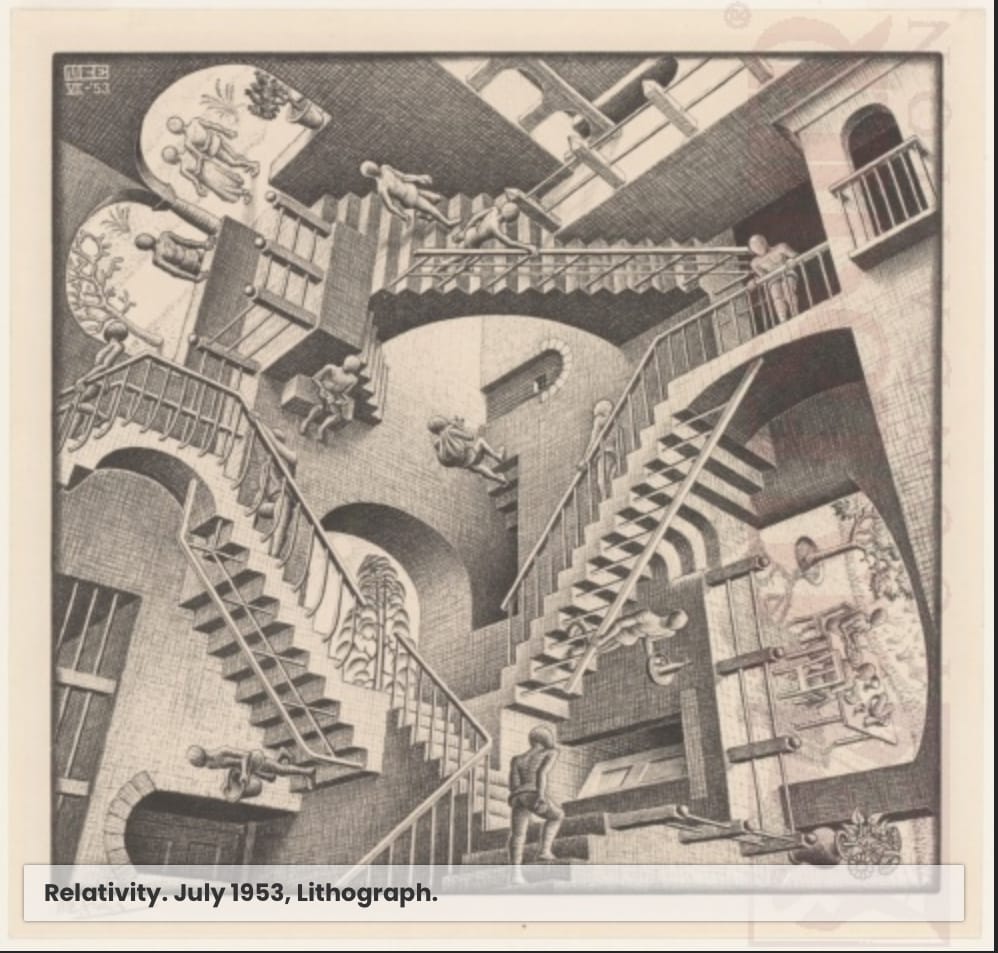
Energy is the only universal currency: one of its many forms must be transformed to another in order for stars to shine, planets to rotate, plants to grow, and civilizations to evolve.
Vaclav Smil
When we measure how much energy we spend in a day, we draw a distinction between calories spent on exercise (EAT) and casual
everyday activity (NEAT).
NEAT, as one study puts it, is somewhat unplanned and unstructured low level physical activities.
They are inconveniences and friction in our everyday life. Walking from point A to point B to get a coffee, borrow a pen, pick up groceries. Every little key stroke, click of a pen, throw of a ball, squeeze of a stress ball, turn of a steering wheel needs energy. This counts towards your NEAT. The ubiquitous 10,000 step recommendation is to increase NEAT.
NEAT, in a nutshell, is a low-impact, stress-free way to rack up calories in the energy expenditure column. Walking, cycling to work, squeezing a gripper and chewing gum all need you to spend energy. Even inadvertent fidgeting needs energy. Scientists even recommended making seated calf raises a habit to spend more energy. Habit being the crucial word. The crucial point about NEAT is adherence and it needs to be the way you live.
This is distinct from EAT. Exercise is directed at achieving a specific adaptation or outcome. You are trying to get better at a sport or improve your strength, mobility or conditioning levels with exercise and training.
This is quite distinct from NEAT which is activity for the sake of being active.
TAKEAWAY
A more active person does not just exercise. They are literally more active in how they get through their everyday life. You spend more energy to get through the day. It can produce some neat results over years.